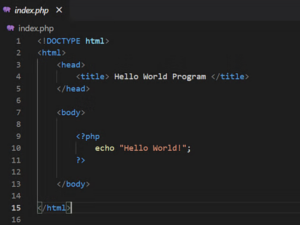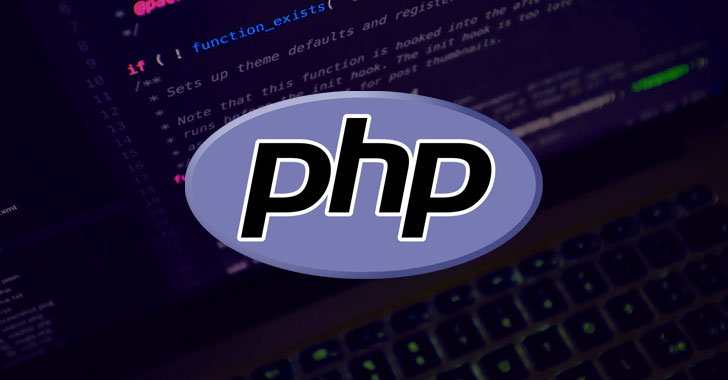PHP (Hypertext Preprocessor) is a free, open-source scripting language used to create websites and applications. It’s primarily used for server-side scripting, but can also be used for command-line scripting and desktop applications.
Features
- PHP is easy to learn and use.
- It’s available on all major operating systems and web servers.
- It’s used to create dynamic and static websites, online apps, customer relationship management systems, and more.
- It’s used to create and customize eCommerce websites, blogs, social media, and email functionality.
How PHP works
- The server executes the instructions in a PHP script.
- The server then provides data on request, channels the requests, and organizes the information in a database.
- The server translates the PHP into HTML code, which is then used by the web browser to create an output.
Getting started
- Set up your development environment.
- Create a PHP file and start coding.
- Experiment with variables and data types.
- Work with forms and user input.
- Learn about loops and control structures.
- Connect to a database.
PHP Architecture & Execution Flow
- A user requests a PHP page via a web browser.
- The web server processes the PHP script (using the PHP interpreter).
- The PHP code interacts with databases (if needed).
- The server sends the processed output (HTML) to the browser.
🔹 Example of PHP Execution:

PHP Syntax & Basic Code Structure
PHP Superglobals
PHP provides built-in superglobal variables:
🔹 $_GET – Retrieves data sent via URL parameters.
🔹 $_POST – Retrieves form data submitted via POST.
🔹 $_SESSION – Stores user session data.
🔹 $_COOKIE – Stores small user data in the browser.
Example of $_POST in Form Handling:
PHP Frameworks
Frameworks simplify PHP development by providing built-in functionalities.
🔹 Laravel – Modern, MVC-based framework.
🔹 CodeIgniter – Lightweight and fast.
🔹 Symfony – High-performance for large applications.
🔹 CakePHP – Rapid development.
🔹 Yii – Scalable and secure.
PHP Security Best Practices
🔐 Use Prepared Statements – Prevent SQL Injection.
🔐 Sanitize User Input – Avoid cross-site scripting (XSS).
🔐 Hash Passwords – Use password_hash() for secure passwords.
🔐 Disable Error Display – Avoid exposing server information.
Conclusion
PHP remains one of the most popular languages for web development due to its simplicity, flexibility, and vast community support. It powers millions of websites, including WordPress, Facebook, and Wikipedia.
Java programming language
Data analyst
Web development
Would you like more detailed tutorials on any specific PHP topics? 😊


